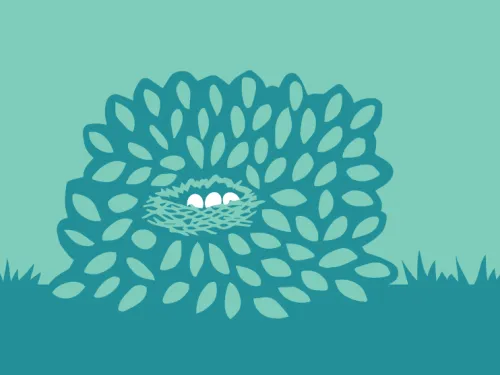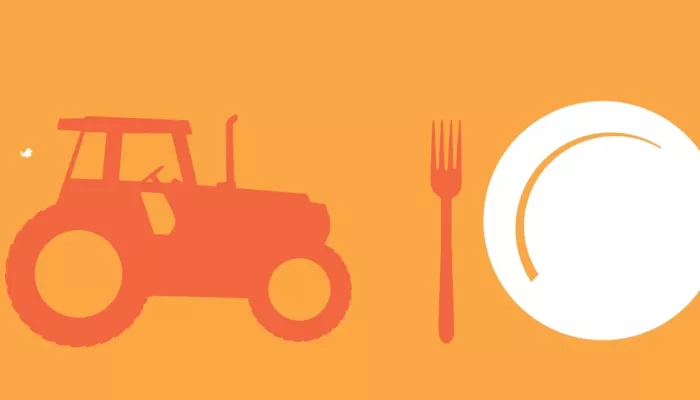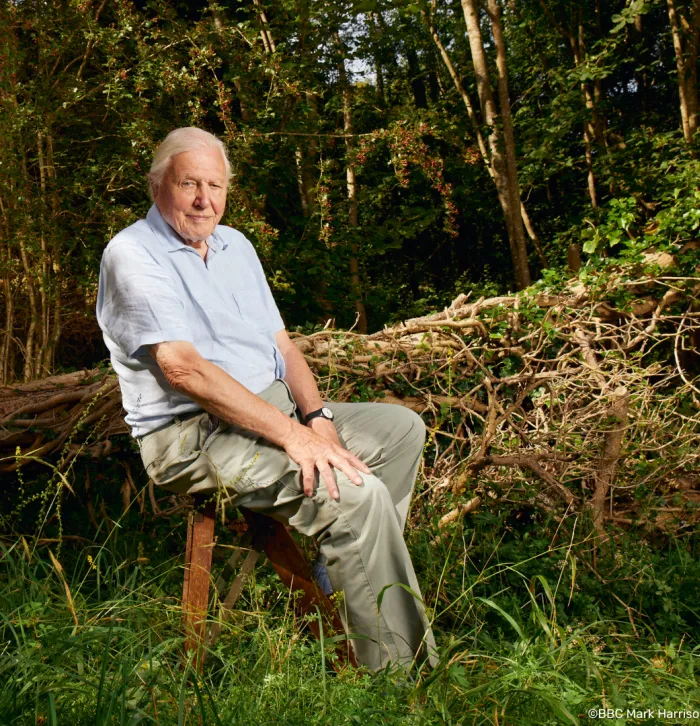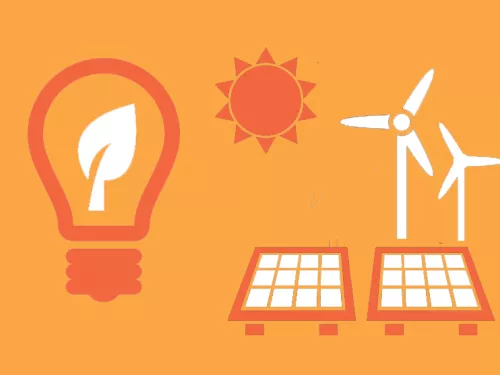
How to provide bushes for nesting birds
In the spring, birds choose the best locations to build nests, so why not offer them a safe place to settle?

Buy local produce, eat more plant-based foods and reduce your food miles to shrink your environmental footprint.
If all our food came from within 20km of where we live, we could save £1.2 billion every year in environmental and congestion costs. And that’s just from food shopping, what about the other products we so often fill our baskets with?
Buying locally means our products don't have to travel as far. Food products in our aisles are often transported to us via air, sea or land and the journeys use enormous amounts of fossil fuels. But it’s not just transport that can be reduced by buying local produce. The fact that food can be transported and stored more easily often means less plastic packaging is used to keep food fresh and saleable. Plastic is made of fossil fuels, and less plastic packaging means less waste getting into our seas and harming our wildlife.
Buying local often means that you'll also be buying more seasonal produce, which is often tastier too!


In the spring, birds choose the best locations to build nests, so why not offer them a safe place to settle?

Whether it's a flowerpot, flowerbed, wild patch in your lawn, or entire meadow, planting wildflowers provides vital resources to support a wide range of insects that couldn't survive in urban areas otherwise. It is also a great way of avoiding tools such…

Grow plants that help each other! Maximise your garden for you and for wildlife using this planting technique.

Energy used in buildings accounts for around 17% of total emissions. Reducing your household energy use by making efficiency savings, switching to a renewable energy supplier, or installing a heat pump will help cut down.

Go chemical-free in your garden to help wildlife! Here's how to prevent slugs and insects from eating your plants with wildlife-friendly methods.

The best plants for bumblebees! Bees are important pollinating insects, but they are under threat. You can help them by planting bumblebee-friendly flowers.